At Lomonosov School, students are called upon to donate but with a limit of no more than 30,000 VND. This is a rather delicate and sensitive way of doing things, respecting the circumstances of each student, not creating pressure, and not discriminating against economic conditions.
Children who do not have the means are still sympathized with and encouraged to participate with all their hearts, not with specific numbers.
In contrast, at Le Quy Don School, students are awarded certificates of merit if they contribute 100,000 VND or more, while those who donate less will only receive a letter of merit from their homeroom teacher.
This inadvertently creates a difference in recognition of contributions, making it easy for more advantaged students to be valued more highly.
And it can also lead to a comparison mentality or feeling inadequate when not meeting standards, causing a gap in engagement.
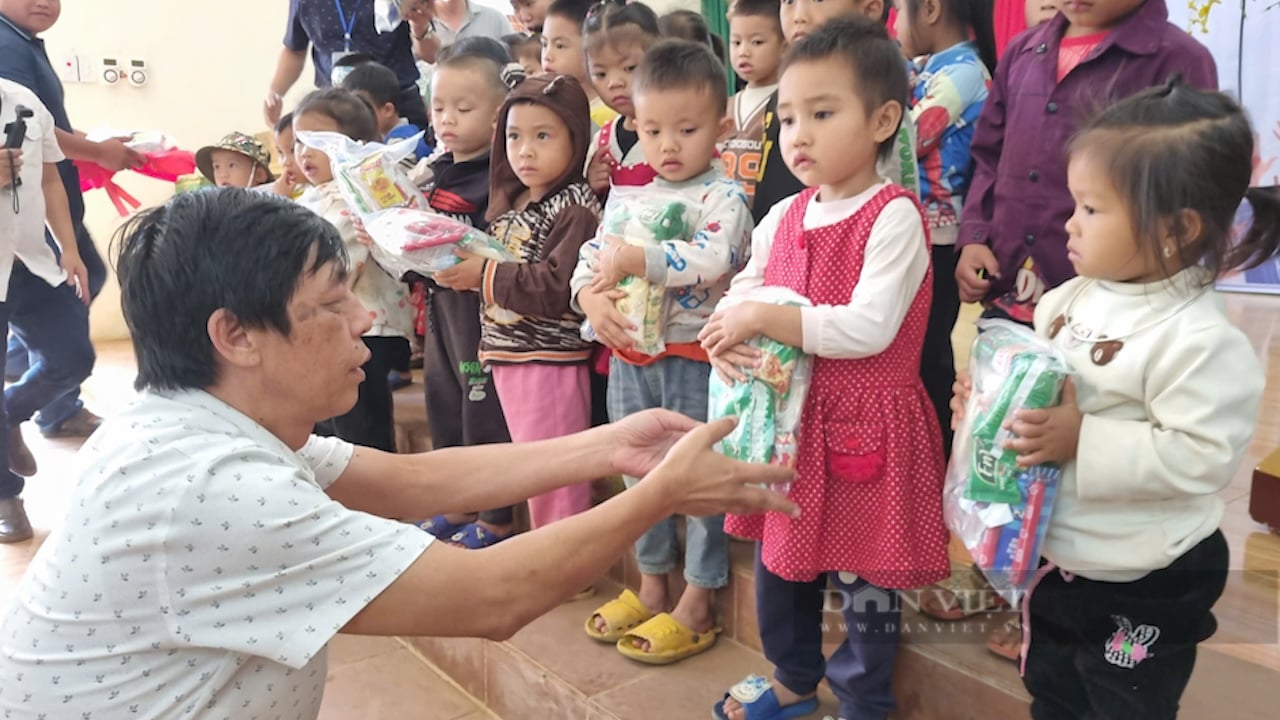
Representatives of Nong Thon Ngay Nay/Dan Viet Newspaper presented gifts to students. Photo: Van Ngoc
The question is: How to encourage students to do good deeds without pressure or comparison? How to give all students the opportunity to contribute without discrimination?
First of all, it is important to emphasize that philanthropy is not a race of numbers. The real value lies in the spirit and compassion. Schools can create an environment where every contribution, no matter how small, is recognized and appreciated.
Instead of just giving a certificate of merit for a large sum of money, encourage children to participate in other actions such as writing motivational letters, drawing pictures, or organizing a sharing session on the meaning of volunteering. It is important to educate children about the spirit of mutual love, and emphasize that every contribution, whether emotional, labor or material, is valuable.
Second, the approach needs to be flexible and tailored to each student’s circumstances. Instead of imposing a specific contribution level, schools can encourage students to contribute according to their ability. Students can also participate in small but practical ways, such as saving money for breakfast, or donating old items to people in flood-affected areas.
Finally, recognition should not be based on the amount of money raised. A certificate, a word of encouragement, or a celebration of all students participating can motivate without making them feel like they are being compared.
The most important thing is to inspire in students a spirit of volunteerism and empathy, not financial competition.

Author of the article - Journalist Nguyen Cong Khanh. Photo: DV
Studies of several countries show that students are often encouraged to participate in volunteer work through a combination of rewards and intrinsic motivation strategies.
For example, some countries like Canada and the United States incorporate volunteering into their school curriculum, with students required to complete a certain number of volunteer hours before graduating. These hours often count toward credits or can help boost their college applications.
In many European countries, such as Spain and Germany, volunteering is tied to community engagement programs, in which students receive certificates of participation or special recognitions that can bolster their resumes.
Schools in these areas also emphasize the intrinsic value of volunteering, instilling a sense of civic responsibility and social contribution from an early age. In addition, some schools publicly recognize students who consistently participate in charitable activities through ceremonies, awards, and scholarships.
In the Netherlands, students are encouraged through both formal recognition (such as awards or mentions in the school newsletter) and informal recognition (such as receiving thank you letters from local organizations).
This combination of formal and informal recognition helps students feel appreciated for their contributions while creating a lasting commitment to community service.
By focusing on both intrinsic and extrinsic rewards, these strategies promote long-term engagement in volunteering rather than viewing it as a one-time activity.
In a country with a tradition of “helping each other”, nurturing the spirit of mutual assistance among the younger generation is essential. However, the encouragement must be done skillfully, so that children understand that the true meaning of volunteering lies not in the numbers, but in the heart.
Under the national flag, the simplest actions can brighten the future.
Source: https://danviet.vn/30000-dong-100000-dong-va-thong-diep-cua-trai-tim-20240925141608584.htm


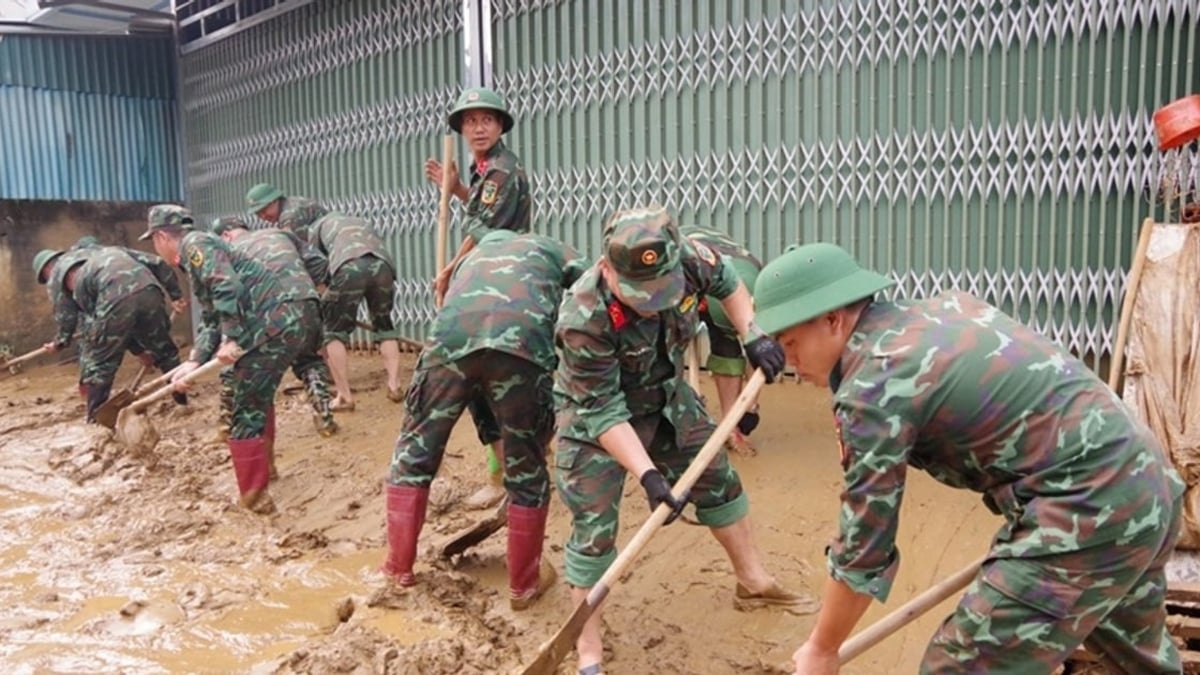


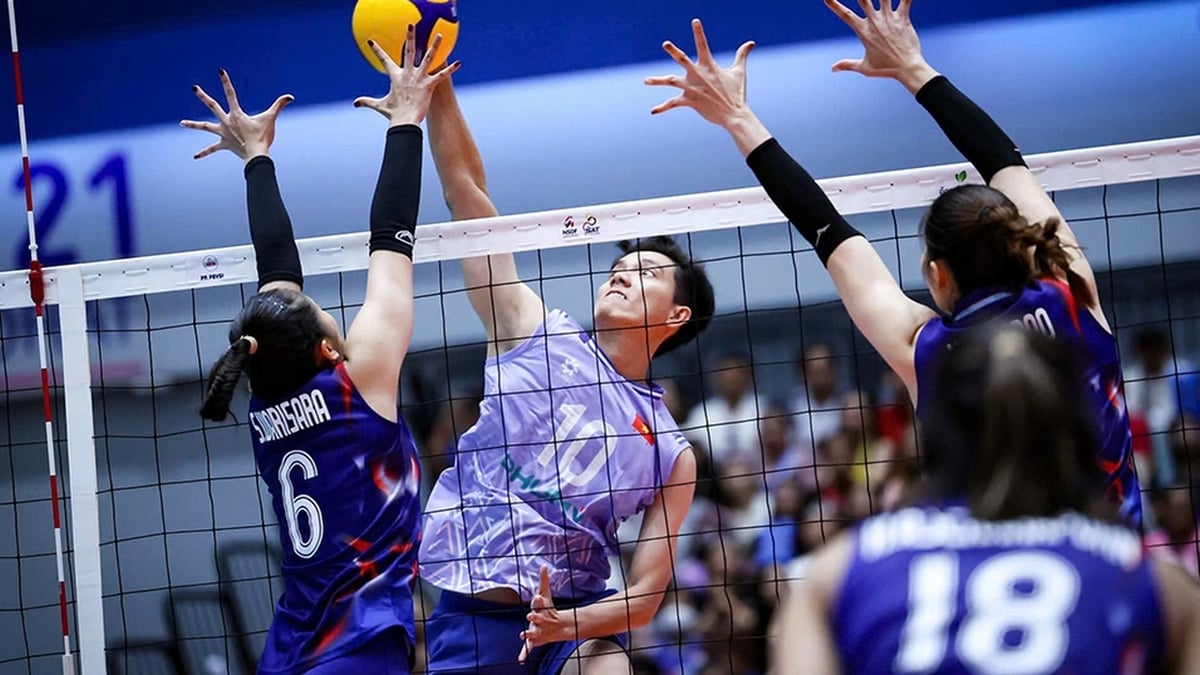




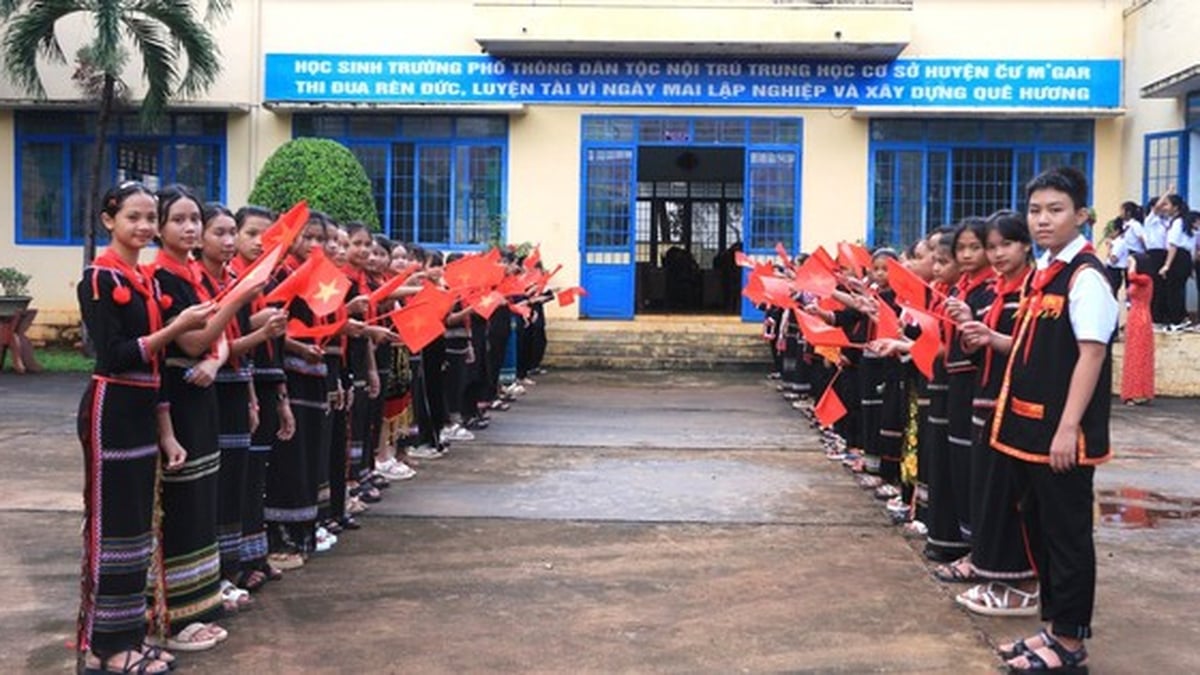















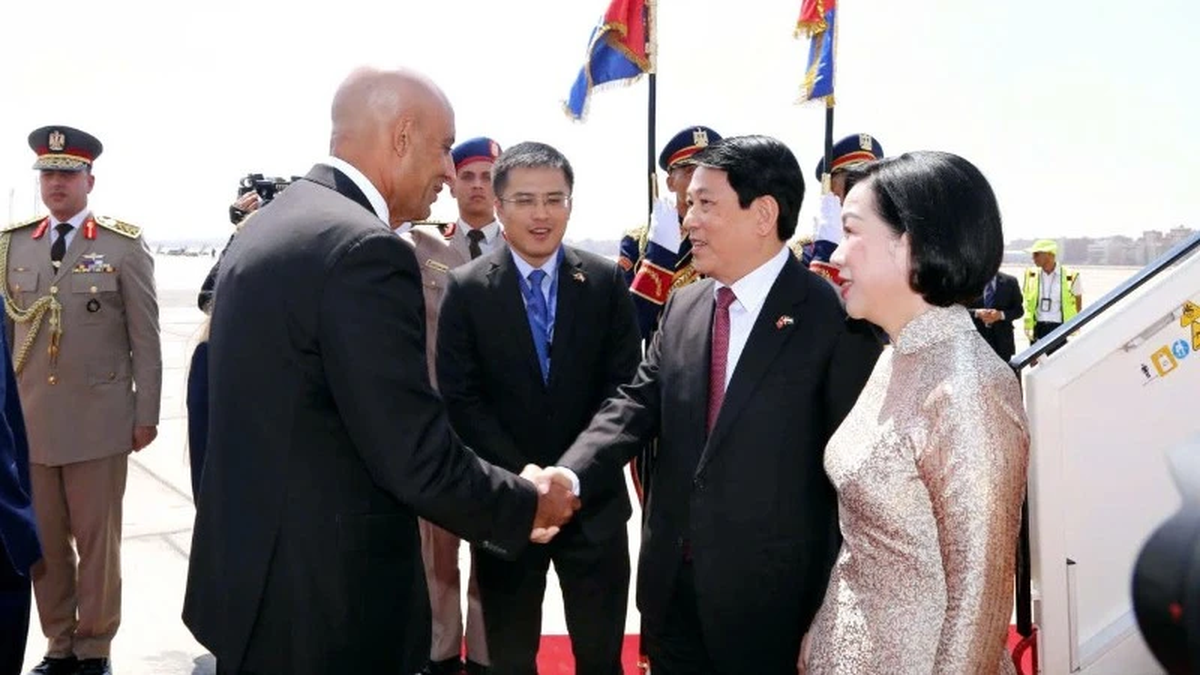









































































Comment (0)